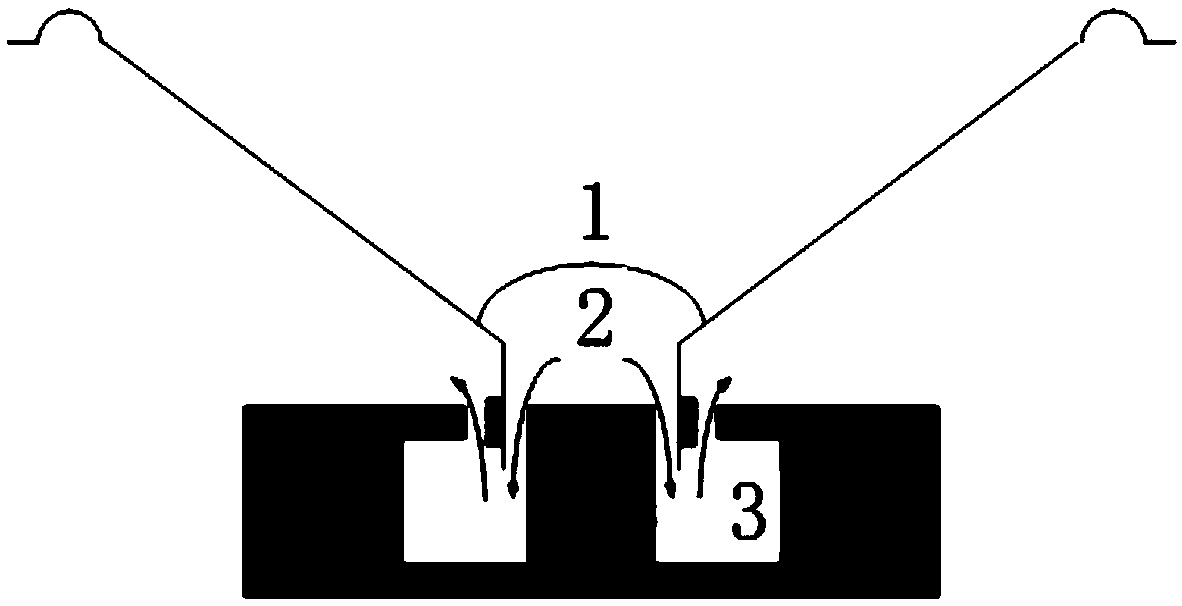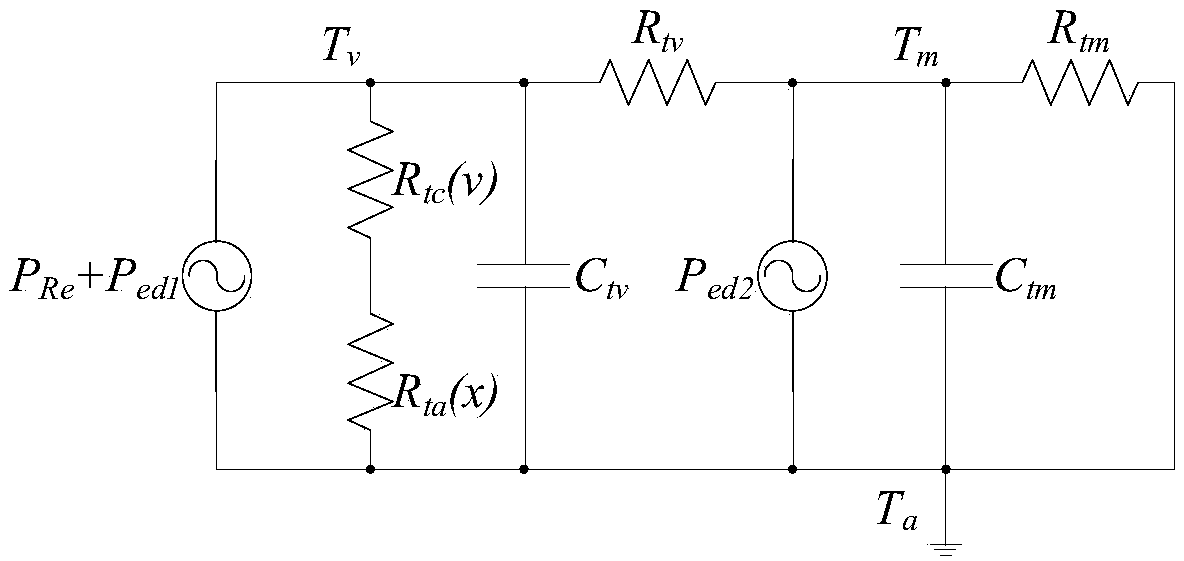A frequency band identification method for thermal parameters of loudspeaker
An identification method and speaker technology, applied to instruments, sensors, electrical digital data processing, etc., can solve problems such as difficulty in parameter identification, and achieve the effects of accurate parameter identification, auxiliary structure optimization, temperature control, and good temperature distribution
- Summary
- Abstract
- Description
- Claims
- Application Information
AI Technical Summary
Problems solved by technology
Method used
Image
Examples
Embodiment Construction
[0037] The invention proposes a method for identifying thermal parameters of a loudspeaker, which separately identifies linear thermal parameters, forced convection parameters and eddy current parameters by means of frequency division, thereby improving the efficiency and accuracy of thermal parameter identification. The following will be described in conjunction with examples.
[0038] A moving-coil loudspeaker unit is actually measured by the present invention, and its thermal parameters are identified. The diameter of the unit is 13.5cm. In the figure, dust cap 1, air 2, and magnetic gap 3 are shown.
[0039] Firstly, the resonant frequency fs of the unit is measured to be 66Hz by electro-acoustic measuring instruments, and the thermal division frequency point is selected as 1000Hz.
[0040] Use a 1000Hz single-frequency signal to drive the speaker to achieve thermal equilibrium, and measure the temperature rise curve of the voice coil during the whole process. According ...
PUM
 Login to View More
Login to View More Abstract
Description
Claims
Application Information
 Login to View More
Login to View More - R&D
- Intellectual Property
- Life Sciences
- Materials
- Tech Scout
- Unparalleled Data Quality
- Higher Quality Content
- 60% Fewer Hallucinations
Browse by: Latest US Patents, China's latest patents, Technical Efficacy Thesaurus, Application Domain, Technology Topic, Popular Technical Reports.
© 2025 PatSnap. All rights reserved.Legal|Privacy policy|Modern Slavery Act Transparency Statement|Sitemap|About US| Contact US: help@patsnap.com



